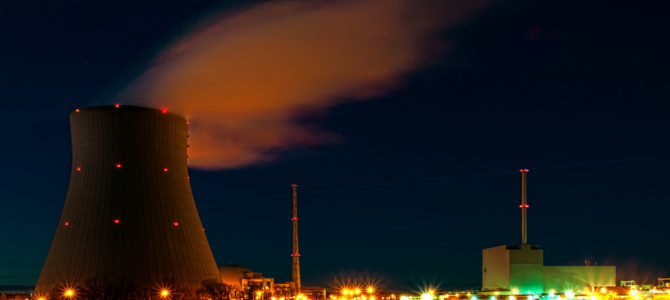In the New York Times, David Leonhardt praises China and India for cutting carbon dioxide emissions, despite the fact that “Hundreds of millions of people in both China and India live in poverty, unable to afford basics—decent food, shelter, medical care, and education—that Westerners take for granted.”
Pause here for a moment to reflect on the “progressives” of The New York Times, in their superior compassion and love of humanity, congratulating desperately poor foreigners on choosing to remain poor.
Leonhardt goes on to excoriate us Westerners, who live in comparative luxury, as “climate cowards” for refusing to sacrifice economic vitality to meet the requirements of the Paris Agreement. But notice one of the things he’s leaving out of this story, which is also missing from The New York Times editorial Leonhardt is praising. How is it exactly that China and India are managing to shift to “non-fossil fuel sources”?
Yes, they’re building wind farms and installing solar panels, although both have notorious problems with reliability of output. But the other big part of the story is that China and India are building nuclear power plants. A lot of nuclear power plants.
According to the World Nuclear Association, “Nuclear was [China’s] fastest-growing electricity source in 2015 (29% growth), while generation from fossil fuels dropped 2.7%, due to weak economic conditions more than the ongoing energy transformation.” By the way, that last part means that The New York Times has its cause and effect reversed. China is not experiencing slower economic growth because it made the hard to choice to restrict its carbon dioxide emissions. It has lower carbon dioxide emissions because it was already experiencing slower growth for other reasons. Coal is still the country’s overwhelmingly dominant source of power.
But China is ramping up nuclear power quickly. Within the decade, their nuclear generating capacity is going to surpass ours, starting from a much lower base. And the planned long-term growth in Chinese nuclear power is geometric.

Heck, they’re even planning to convert coal power plants into nuclear power plants. Similarly, just last week, India announced a plan to build 10 new nuclear reactors, more than doubling its current nuclear generating capacity.
When The New York Times mentions China and India, it mentions solar and wind power, but not a word about nuclear. It’s almost as if they’re afraid to mention it, as if they are—what’s the phrase I’m looking for?—climate cowards.
If we were actually to emulate the example of India and China, the federal government would encourage a massive campaign of building nuclear power plants. But it’s not, and The New York Times, I feel pretty safe in predicting, would be the first to oppose it.
This is one of the reasons I’m deeply skeptical of claims about catastrophic human-caused global warming: because hardly anybody behaves as if they really believe it. If people really thought carbon dioxide emissions are the major threat to the planet, a crisis that threatens the very habitability of our planet, we would have gone all-in on nuclear energy 30 years ago. Even the safety concerns about nuclear power would be regarded as a reasonable risk to take to avoid flooding and baking the entire globe.
Instead, in the West, we’re doing this: Switzerland just voted to phase out all of its nuclear power plants. (The Swiss will still rely mostly on hydroelectric power, the benefit of being a small country with lots of mountains and plenty of winter snowfall.) Meanwhile, in the United States, experts on nuclear energy are complaining that stifling regulations prevent them from even researching nuclear power designs.
The two forms of non-fossil-fuel energy that are most established and reliable are nuclear and hydroelectric. These are proven technologies that don’t face some of the issues with siting and energy storage that are inherent in wind and solar. (What happens when the wind isn’t blowing or the sun isn’t shining, or if steady wind power is only available in a very remote location?) So these were the technologies we would have embraced if we were really, truly, convincingly panicked about carbon dioxide.
Instead, these forms of energy have been just as vociferously opposed by most of the same people who are lighting their hair on fire about global warming. This is also true in India where hydroelectric once provided half the country’s electric power but has been surpassed by fossil fuels because new hydro projects face political resistance.
It makes no sense to scream about fossil fuels and carbon dioxide, then to be so afraid of the two best energy alternatives that you refuse to even mention them—unless, of course, the real point was always just to hate industrialization.
Follow Robert on Twitter.









